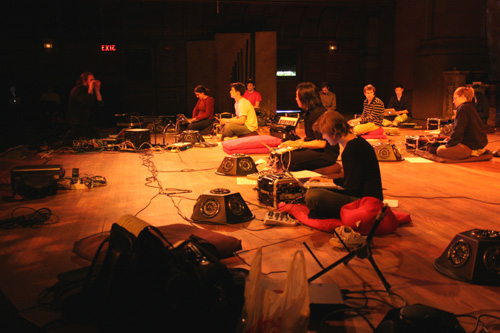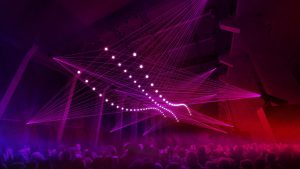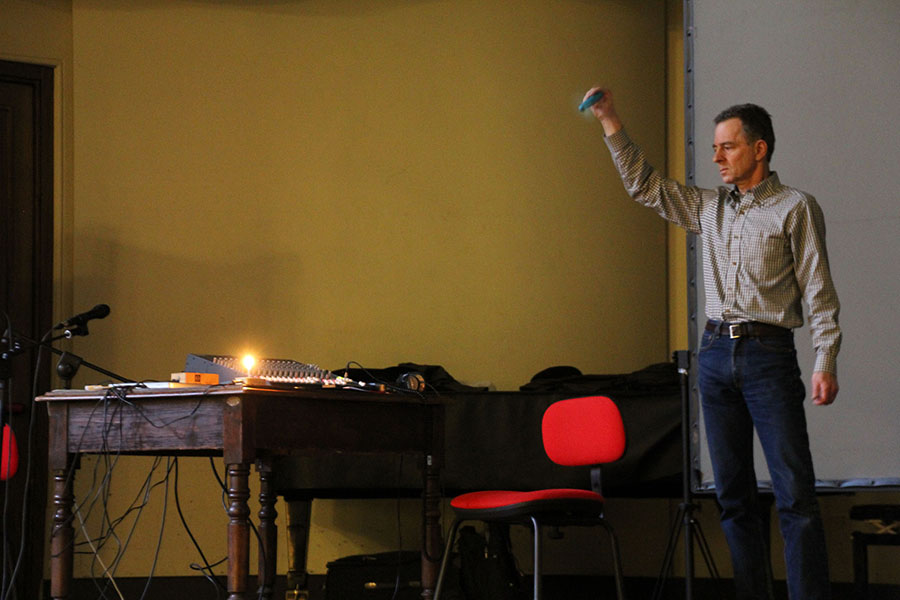For my Looking Outwards Post on computational music, I looked at an article discussing the Components To the Creative Process. Music needs creativity like many other forms of art. I’ve always seen creativity as a subjective force. Thus, I was surprised and admittedly skeptical when I saw this article claim there were 14 necessary components to creativity.
In a study by computational scientists and linguists, researchers poured over material from various fields from over 6 decades to land 14. Again, I was very skeptical that there was a single path of creativity. Upon reading the list, I found that it wasn’t a hard set pathway, but a series of more subjective terms.
These combined components don’t equal a definition of creativity, so much as elements of the process.
Bill Keller, Sussex University
Hearing that flexibility and subjectiveness were built into this list, I was actually put at ease reading it:
- Active involvement and persistence
- Dealing with uncertainty
- Domain competence
- General intellect
- Generating results
- Independence and freedom
- Innovation and emotional involvement
- Originality
- Progression and development
- Social interaction and communication
- Spontaneity and subconscious process
- Thinking and evaluation
- Value
- Variety, divergence, and experimentation
The researchers then claim that the importance of each of these all change with the type of work, field, and intention. But I was curious how exactly they were able to synthesize these 14 components from all the work they looked at.
Next, looking at this list, I began speculating which creative component would be easiest or hardest to put into a computer. A few seemed obvious such as dealing with uncertainty, progression and development, thinking, and evaluation. But things like emotional involvement, originality, social interaction and communication, and spontaneity and subconscious process frankly all seem against a computer’s nature. It makes me think that computation can be hugely beneficial, but not comprehensive to the creative process of computational music; there still needs to be a human element to contribute emotion.

![[OLD – FALL 2016] 15-104 • COMPUTING for CREATIVE PRACTICE](../../../../wp-content/uploads/2020/08/stop-banner.png)


